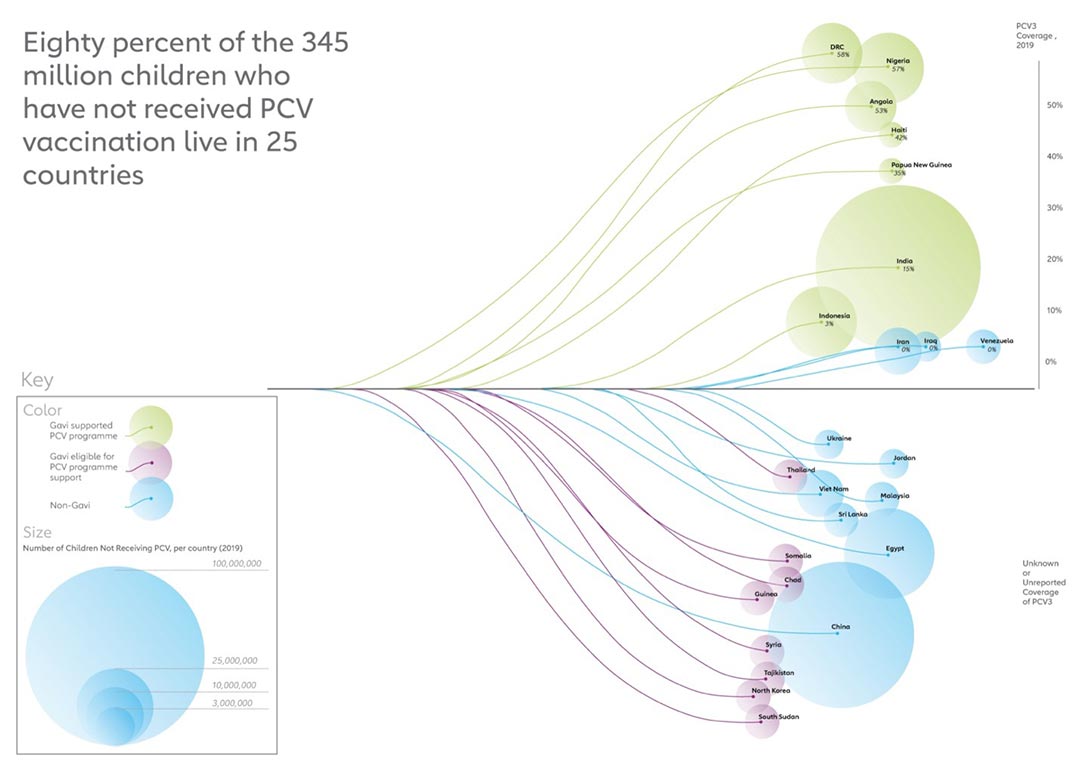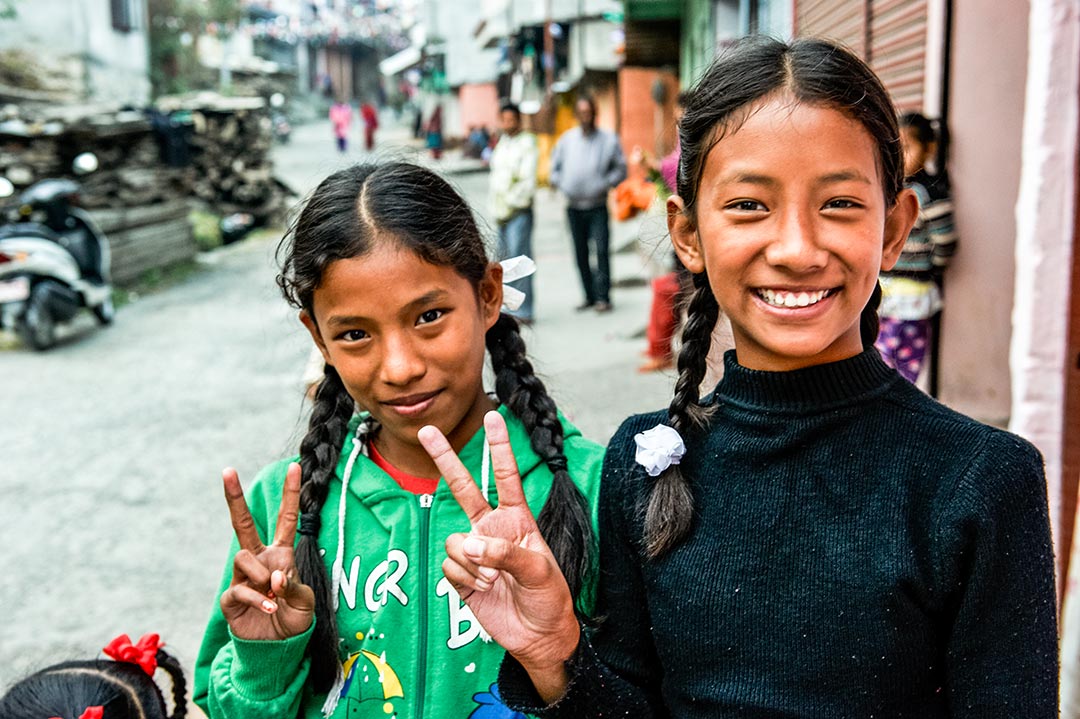Five charts on the growing pneumonia crisis
Pneumonia is the leading cause of death in kids under five years, and the COVID-19 pandemic is making the pneumonia crisis worse. To coincide with World Pneumonia Day, we look at how numbers have risen and how vaccines can make a difference.
- 14 November 2022
- 3 min read
- by Jessica Gergen
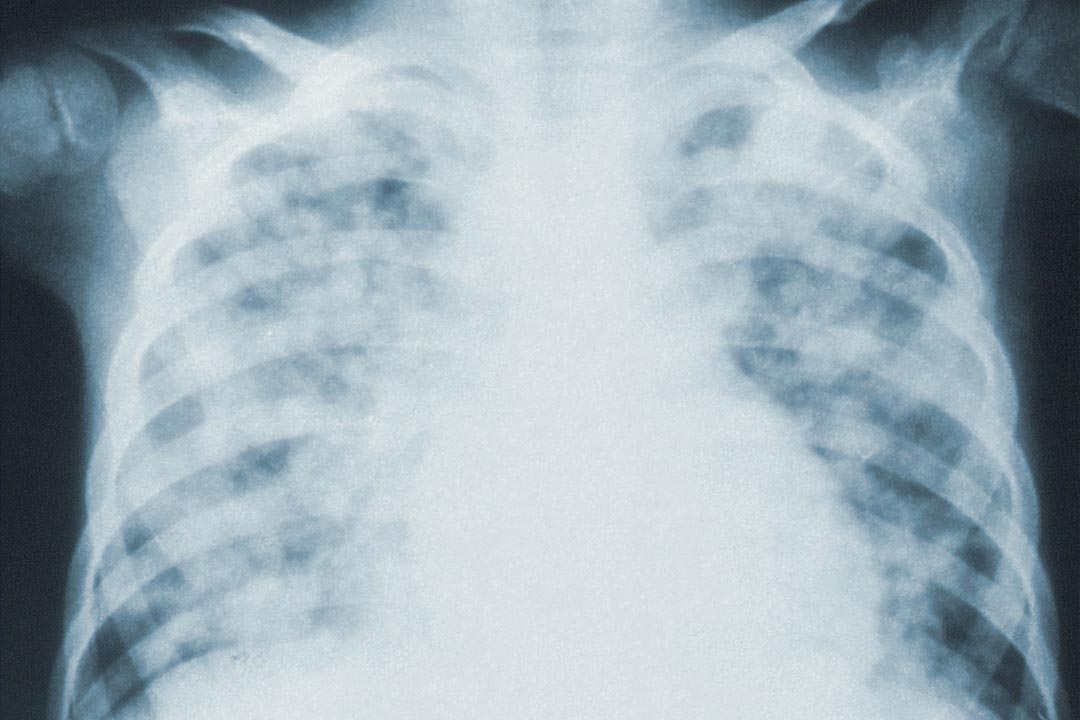
November 12 marked the annual awareness and advocacy day dedicated to the world's number one infectious killer, pneumonia. The urgency of reducing deaths from this infection has never been more pressing because the combination of the COVID-19 pandemic, climate change and global conflicts is fuelling a growing pneumonia crisis.
Globally, pneumonia is the leading cause of death in children under five years of age, and the fourth leading cause of death across all ages. One person dies of pneumonia every 13 seconds and those at greatest risk are young children (<5 years) and the elderly (70+ years). In 2019, 672,000 of the 2.5 million pneumonia deaths occurred among children under five, with 70% of those under-five deaths (470,400) occurring among children under 12 months of age (Chart 1).
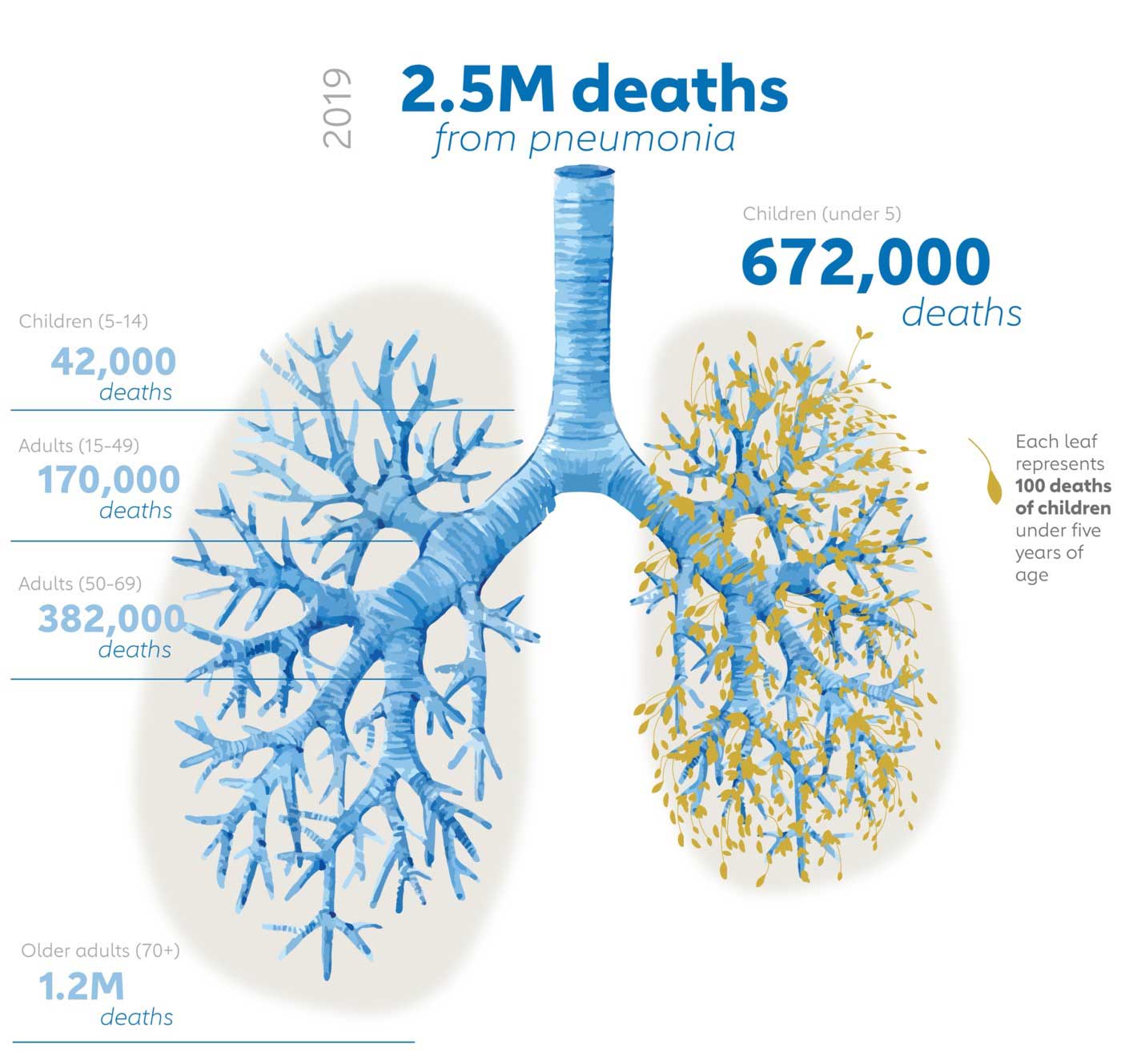
Progress has been made through prevention, risk reduction and treatment programmes. Between 2000 and 2019, deaths of children under five decreased globally by 57% (1.6 million to 672,000), but this progress has slowed in recent years. Key risk factors for children, such as wasting and stunting (forms of malnutrition) and household and outdoor air pollution, are on the rise and are increasing risk (Chart 2). The Institute for Health Metrics and Evaluation (IHME) estimates that for 2021, pneumonia deaths from all causes increased by 80%, assuming that COVID-19 deaths are counted as lower respiratory infections.
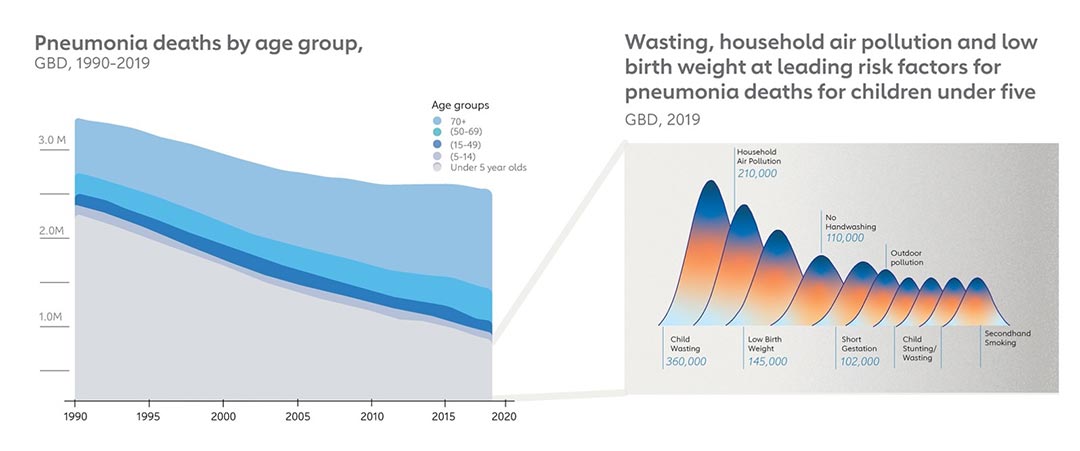
Vaccines against pneumonia are one of the most effective interventions for preventing pneumonia deaths among children under five. Since 2000, these vaccines have contributed to a 57% decline in childhood pneumonia deaths.
The scale-up of these vaccines is having an impact in reducing deaths from pneumococcal disease (a bacterial infection that can cause pneumonia) in Africa and Asia, where the burden is greatest.
However, the COVID-19 pandemic has also impacted routine immunisation rates, resulting in backslides for childhood vaccinations, including the pneumococcal conjugate vaccine (PCV) and Haemophilus influenzae type B (Hib). PCV3 coverage in Gavi-supported countries has declined since 2019, after increasing significantly from 2015 to 2019 (Chart 3). Coverage of Hib3 vaccination has also shown a decrease between 2019 and 2021, while global coverage of both vaccines has stagnated and decreased slightly (Chart 3).

In combination with the impacts of the pandemic on routine immunisation coverage, many of the high-burden countries haven't introduced pneumonia-fighting vaccines in their routine immunisation programmes or have low coverage. Twenty countries account for 70% of child lives that can be saved with the PCV by 2030, 12 countries are fragile and conflict-affected, including two yet to introduce the PCV and eight with PCV coverage below 80%. A 2019 study found that nearly 400,000 of the 672,000 annual child deaths from pneumonia could be averted through pneumococcal vaccination (Chart 4).
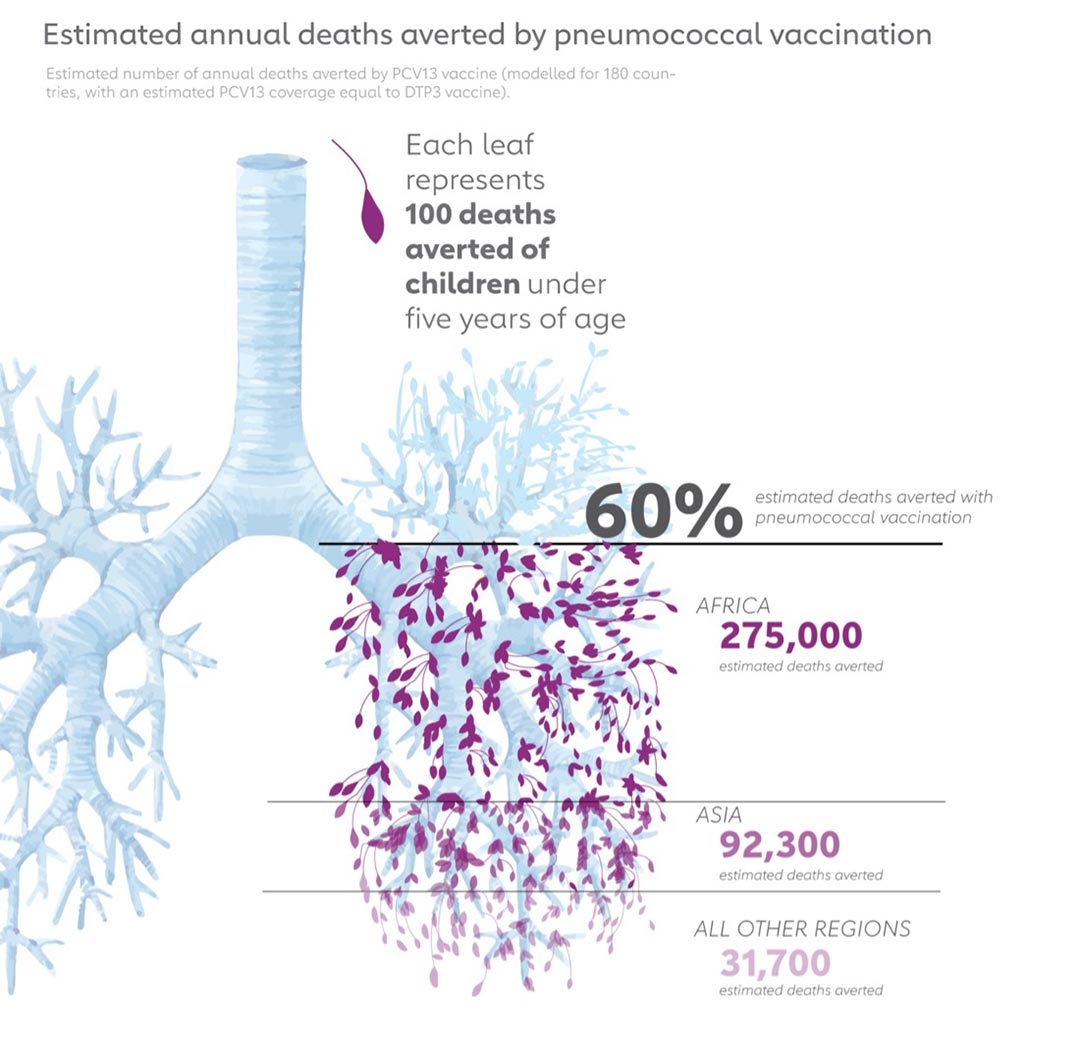
Both the burden of child mortality due to pneumonia, and the disparity of pneumococcal vaccination, are concentrated in 25 countries, and most of these countries do not have PCV programmes (denoted by the blue and purple colour in Chart 5). Encouragingly, nearly a third of these countries are Gavi-eligible, and four are planning to introduce PCV into their routine immunisation programmes in the coming years.
